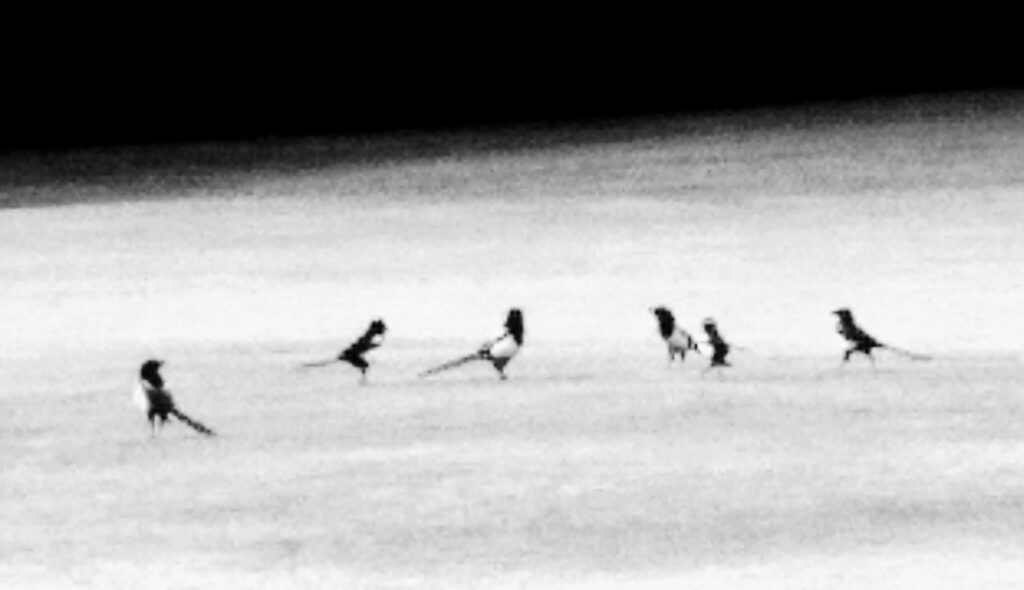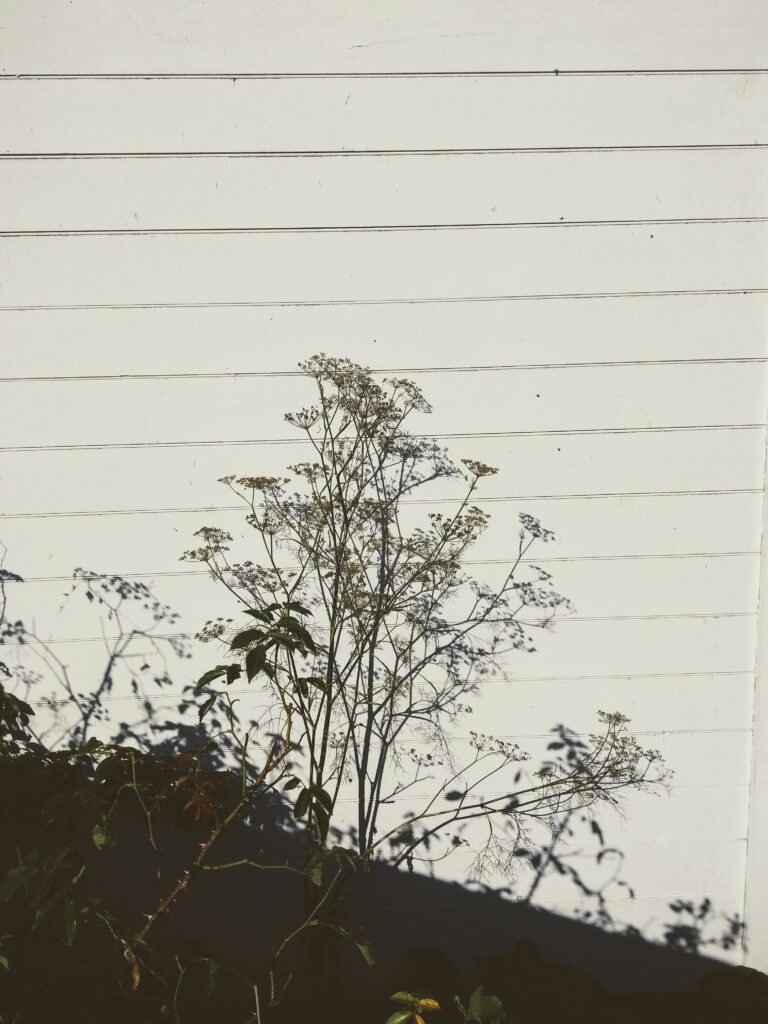If ONLY we could talk…
There’s so much division running through the human race. It’s like the start of the film 2001: A Space Odyssey where the apes stand up on their hind legs and of course, immediately, start fighting and jabbering. Humans push. Make a lot of noise. There’s so much violence.
And we avoid conversations about anything difficult – ‘Human kind /Cannot bear very much reality’ (TS Eliot, ‘Burnt Norton’, The Four Quartets) – and consequently fail collectively to confront our biggest challenges, be that the climate crisis, inequality, systemic racism, systemic misogyny, systemic violence, injustice, oppression, sexual abuse… The list goes on.
What are we to do?
One idea is to explore how we talk, and what we talk about. How we present ourselves. What we each bring to the room. Gently probe moving away from the maybe unconscious idea that we need to come across as accomplished, on top of things, sorted, and acknowledge that, even if we seem to be all those things (whatever that might mean), we all also live with an Understory. Anxiety, for instance, or fear of rejection: these are near universal. And what impact do they have on us, and on others, as we steer our (wobbly) course?
We live with our genes. We live with our histories. And we live together.
Human life is a mess and a muddle. And we’re all vulnerable, and have been programmed to hide our vulnerability. But acknowledging our vulnerability may be the very first step to finding ways through. Experimenting with being more open to and with each other – while, of course, respecting all the necessary boundaries.
Through The Understory Conversation, we’re interested in talking about our real experience of being alive. The whole of it. And how and why our creative practice fits and helps with this.
Many of us are introverts, sensitive and deep thinkers. And interested in talking together: meaning comparing notes and pooling resources. And reaping the benefits from discovering our similarities and our differences.
When I (Charlotte) do this, in an Understory group, I experience a very real physical sensation – like a door opening in my chest.
I know from the sensation that this is good for me, and important.

Some history…
I originally coined the term ‘Understory’ in a blog post after publication of my second full poetry collection – The Girl Who Cried.
I realised I had written all my work to date from the side of my life I started to term my ‘Understory’. I’d always had a distinct sense of life running along two parallel lines, even as a child. And I learnt very young there were things it was acceptable to talk about, and things it was not.
I ended up instinctively shaping my collections around the subjects I’d found most painful in my life, and most difficult to talk about. Noir (HappenStance, 2016) explored vulnerability as a teen, and the fallout from exploitation; and The Girl Who Cried (HappenStance, 2020) probed a lifelong struggle with attachment.
Writing these made more sense of things, somehow. As though the invisible suffering wasn’t all for nothing. So then I set up the first ongoing online small group under the banner ‘The Understory Conversation’ – for other poets who were also curious. (Friend, and poet, Sarah Barnsley was one founder member…)
It is tied together by a single golden thread: a mutual intent to meet around a theme, The Understory. That’s it; simple and as vast and as layered as you want to make it…
Group member
And so The Understory Conversation started.

